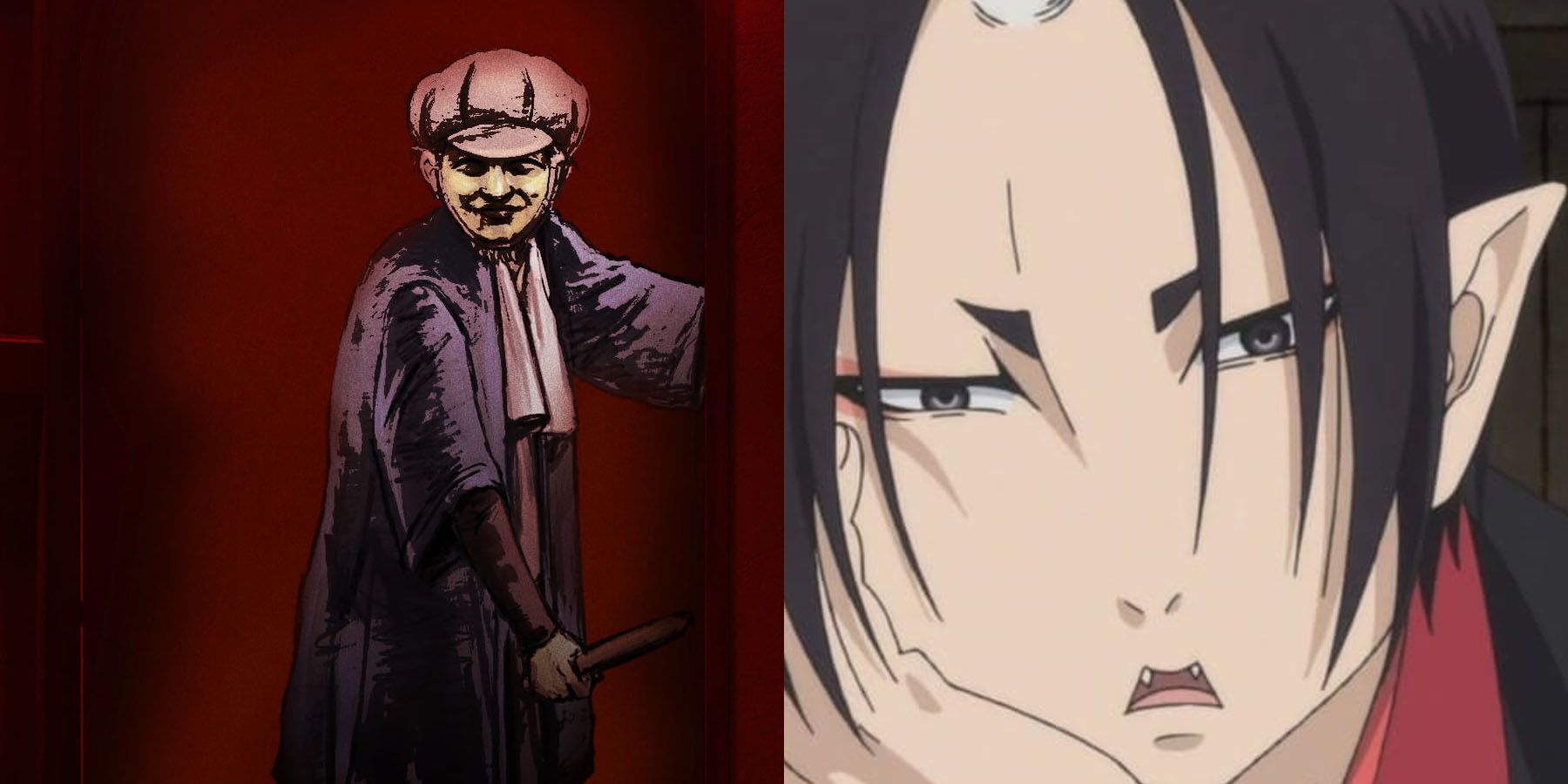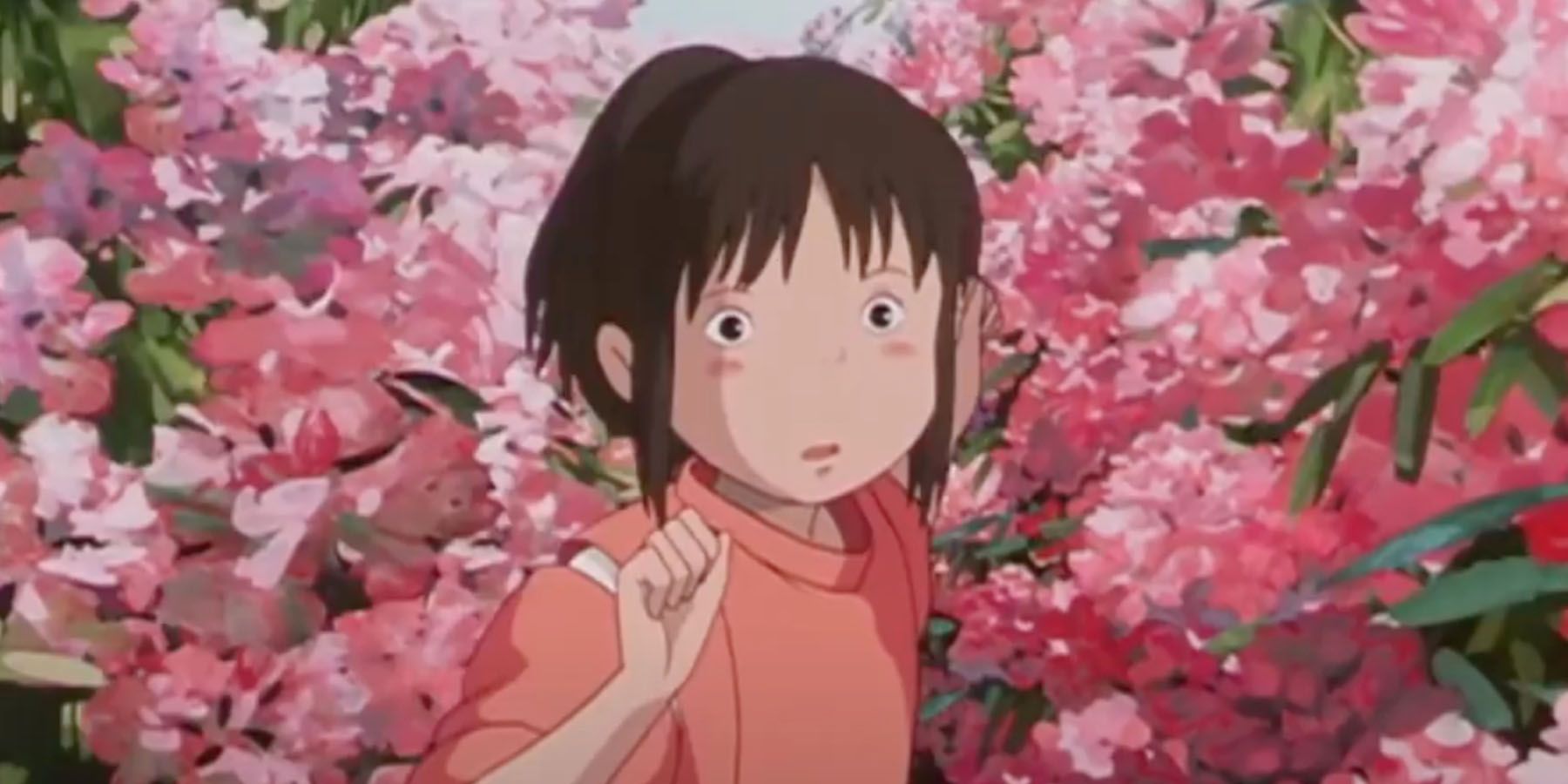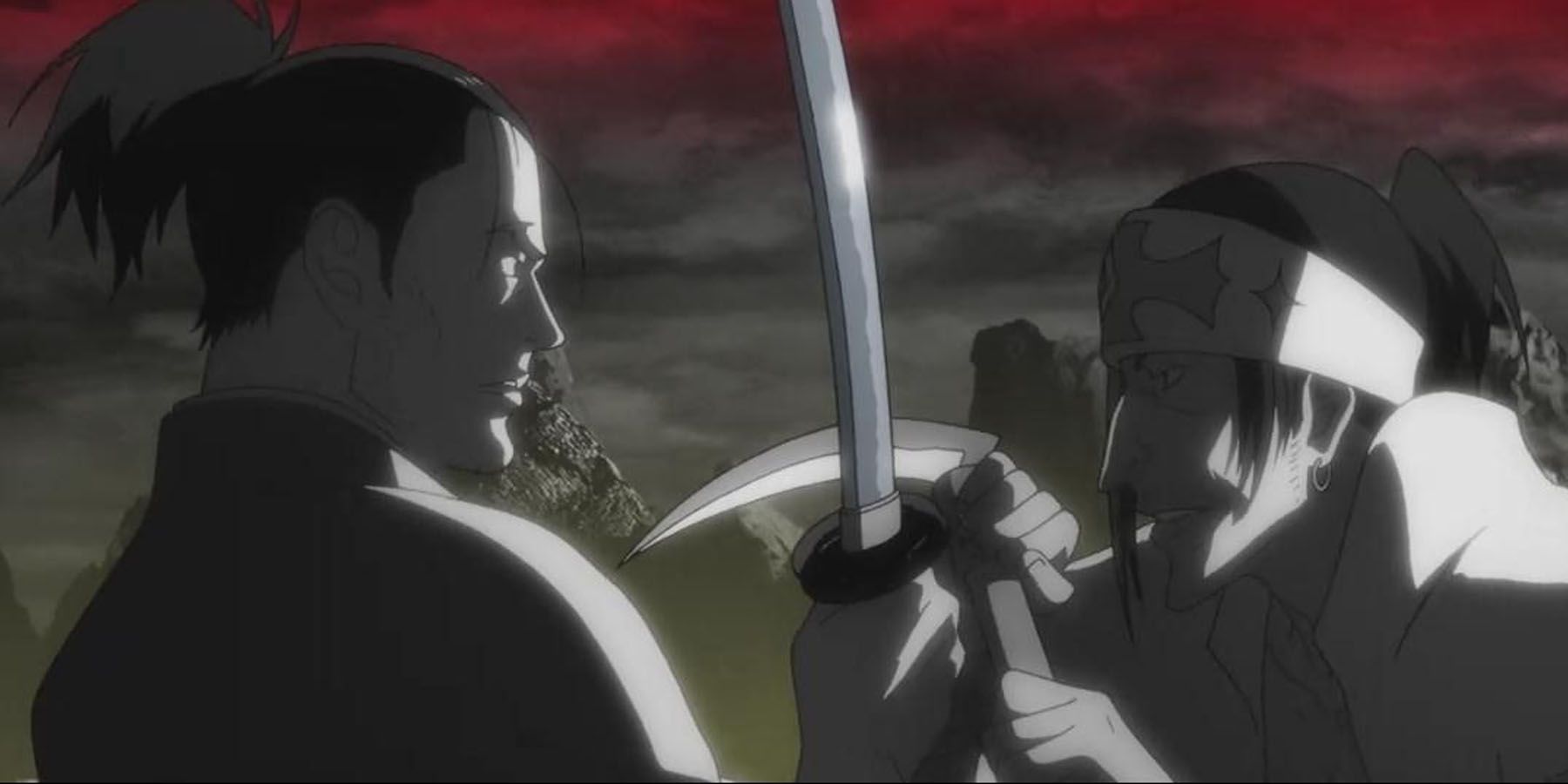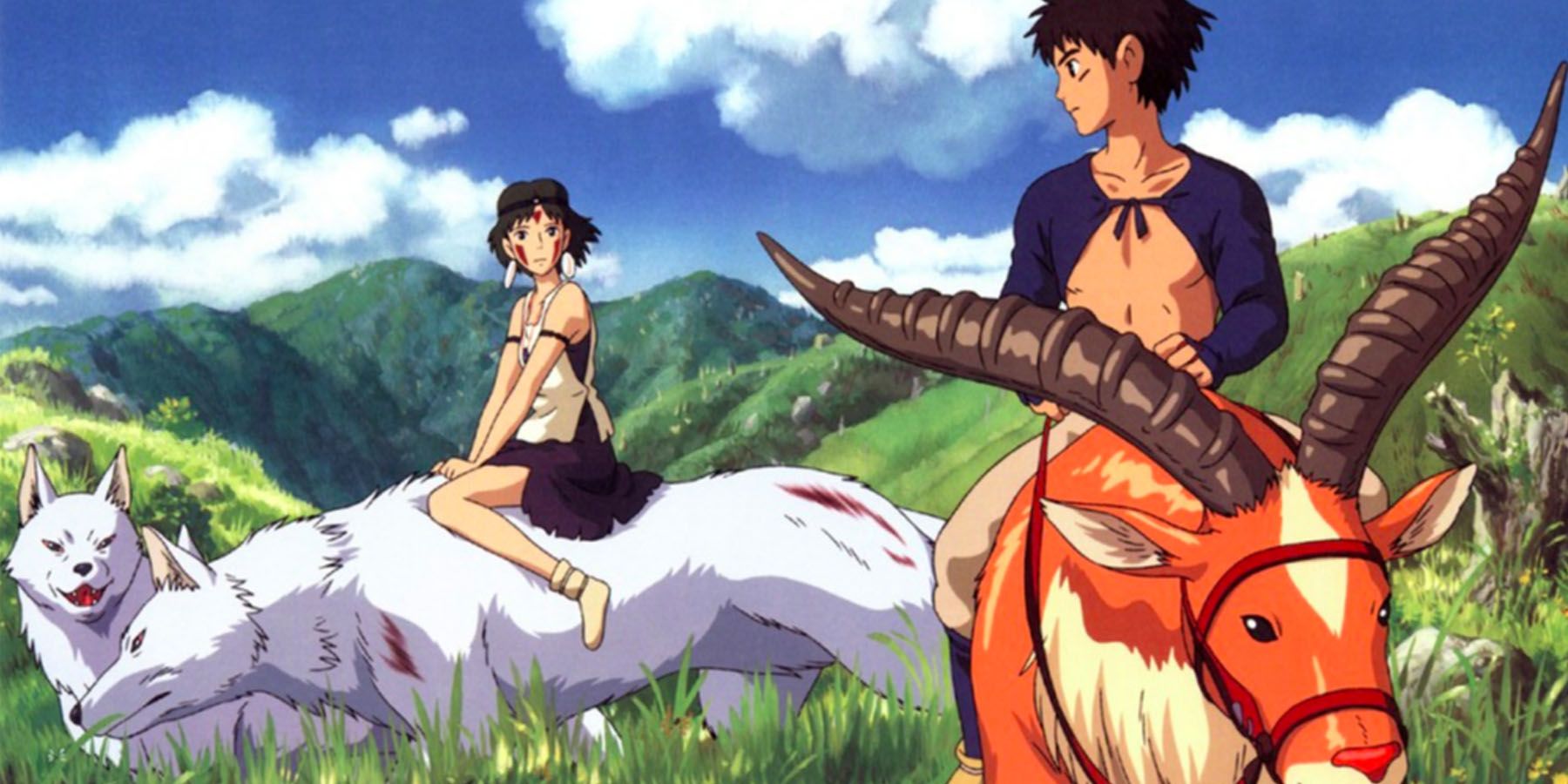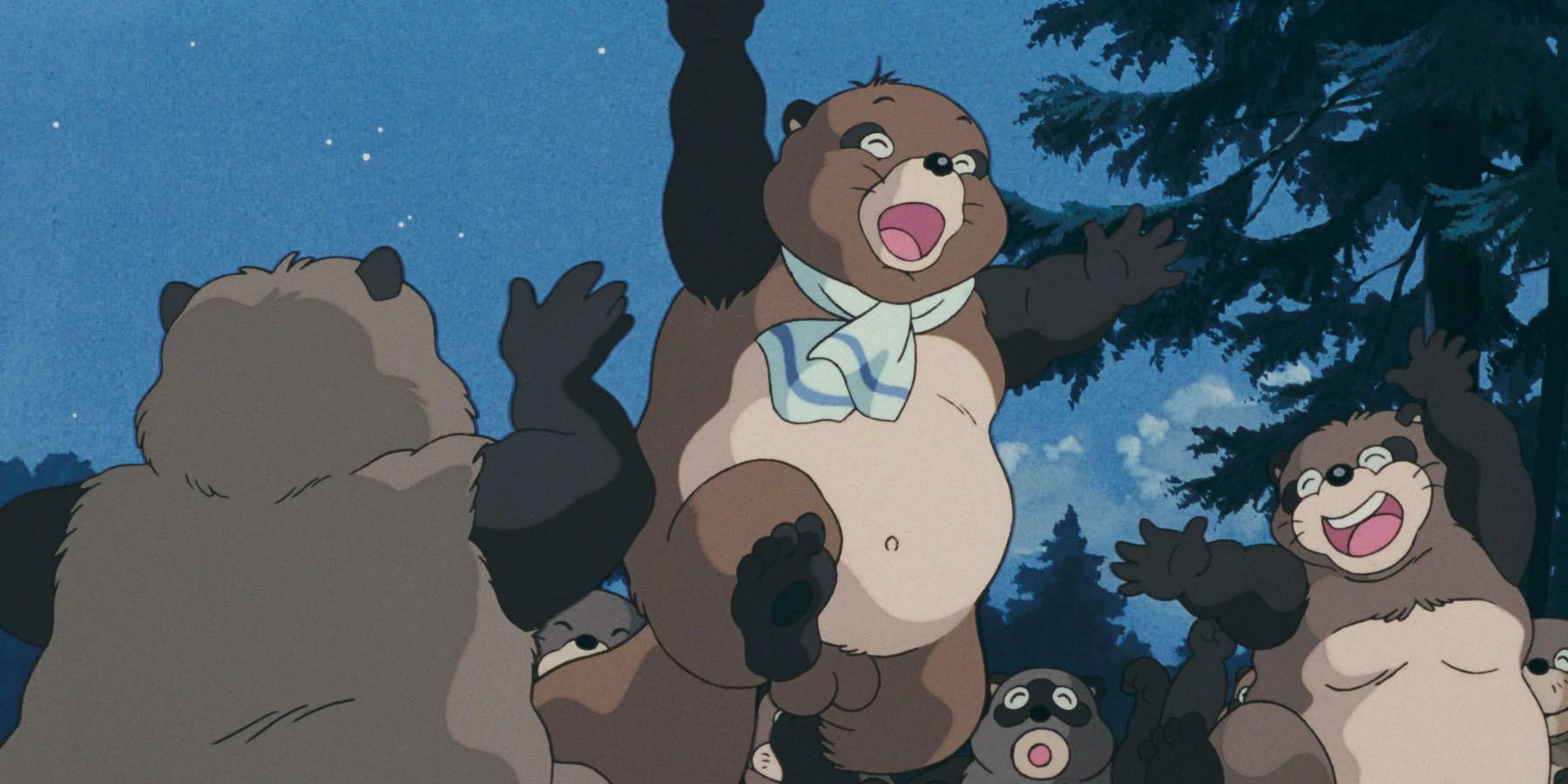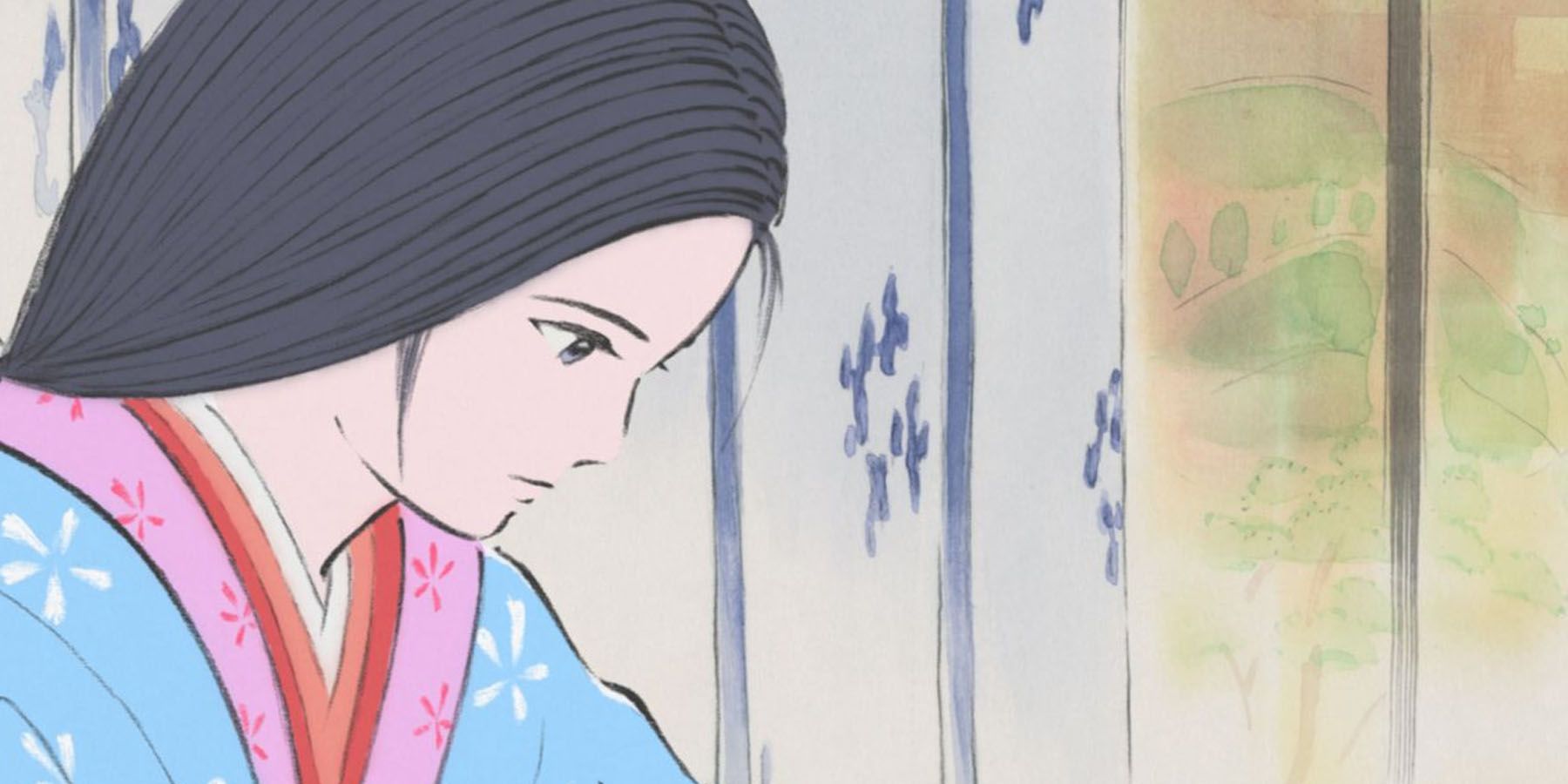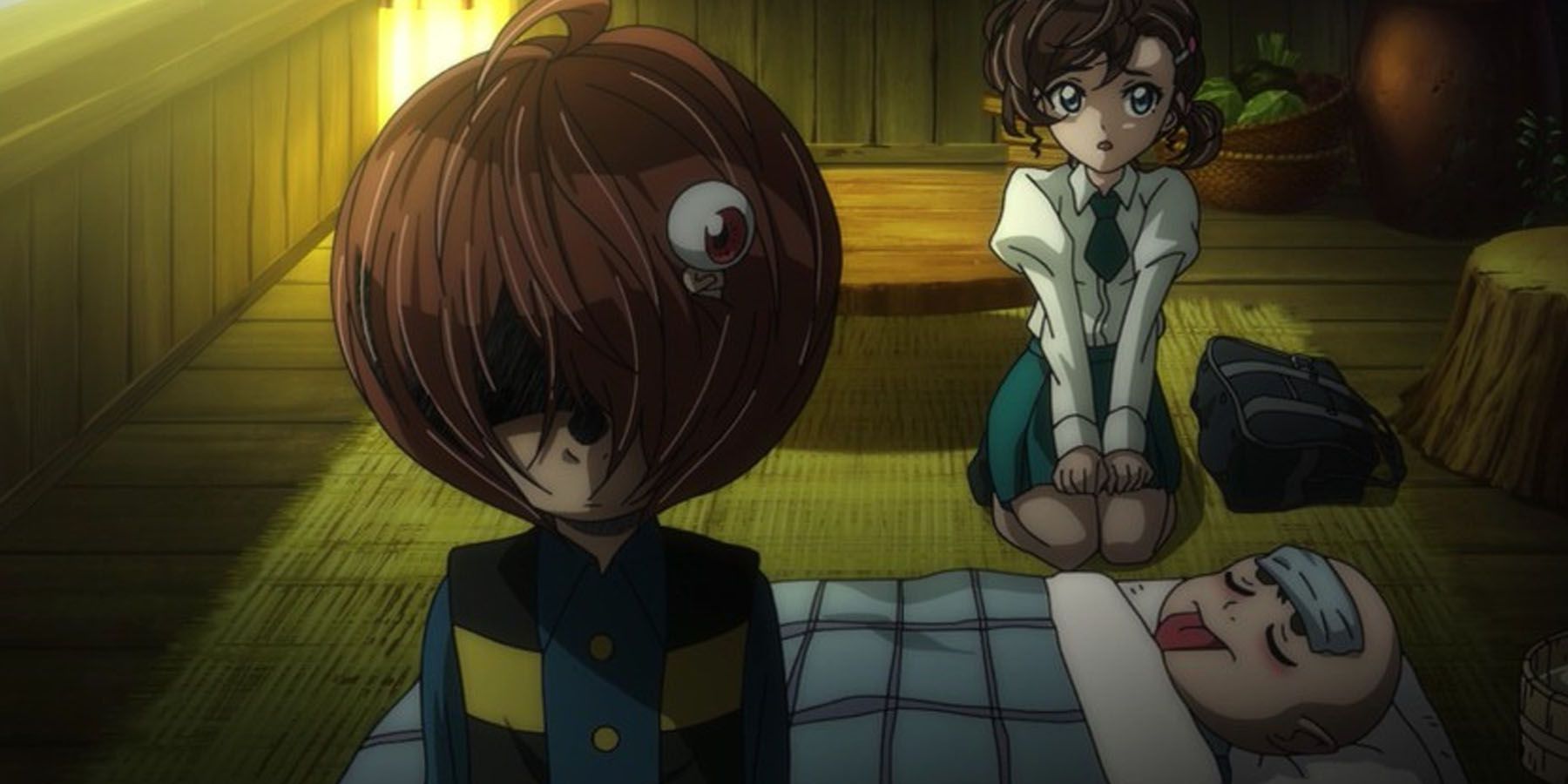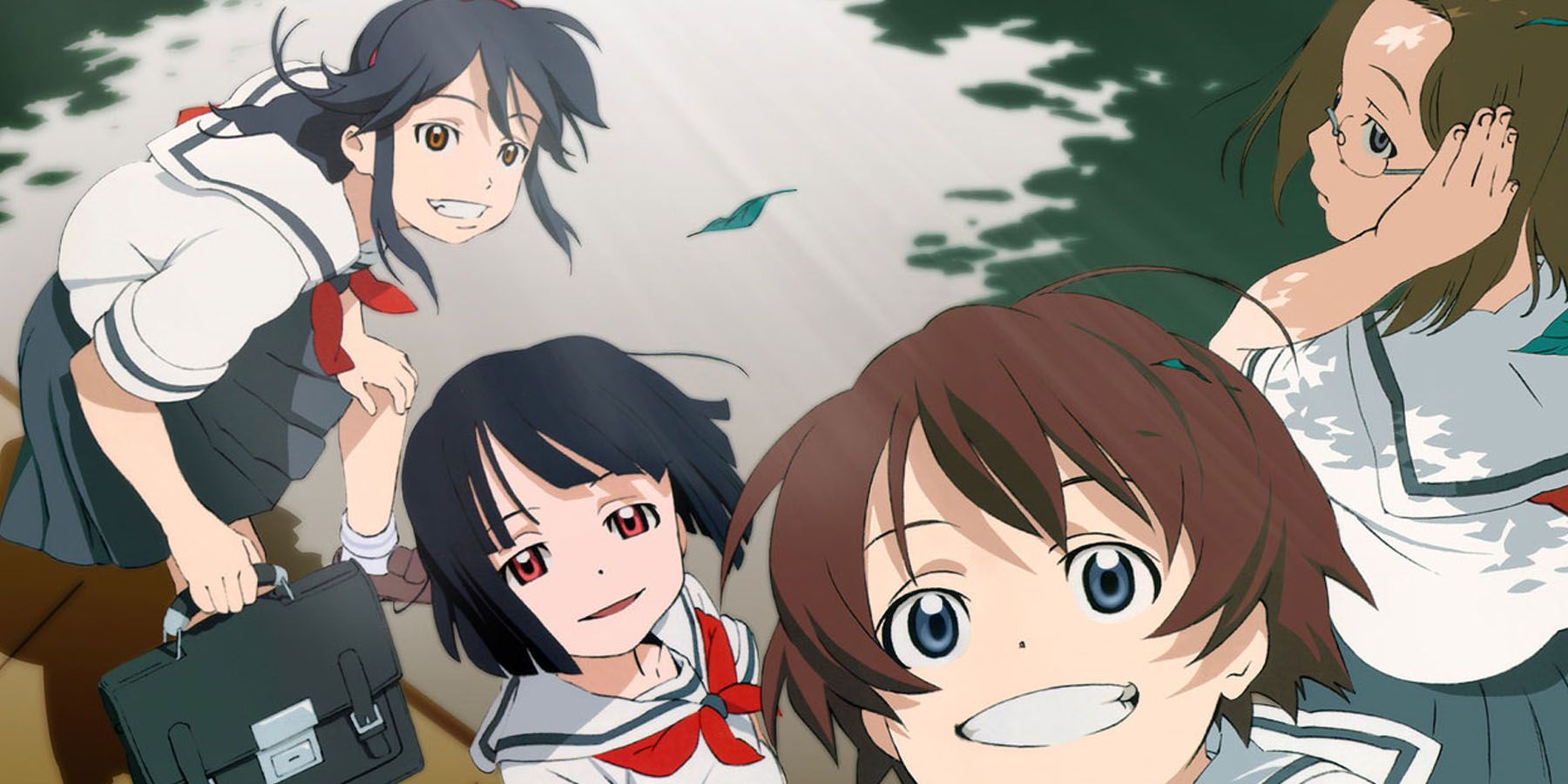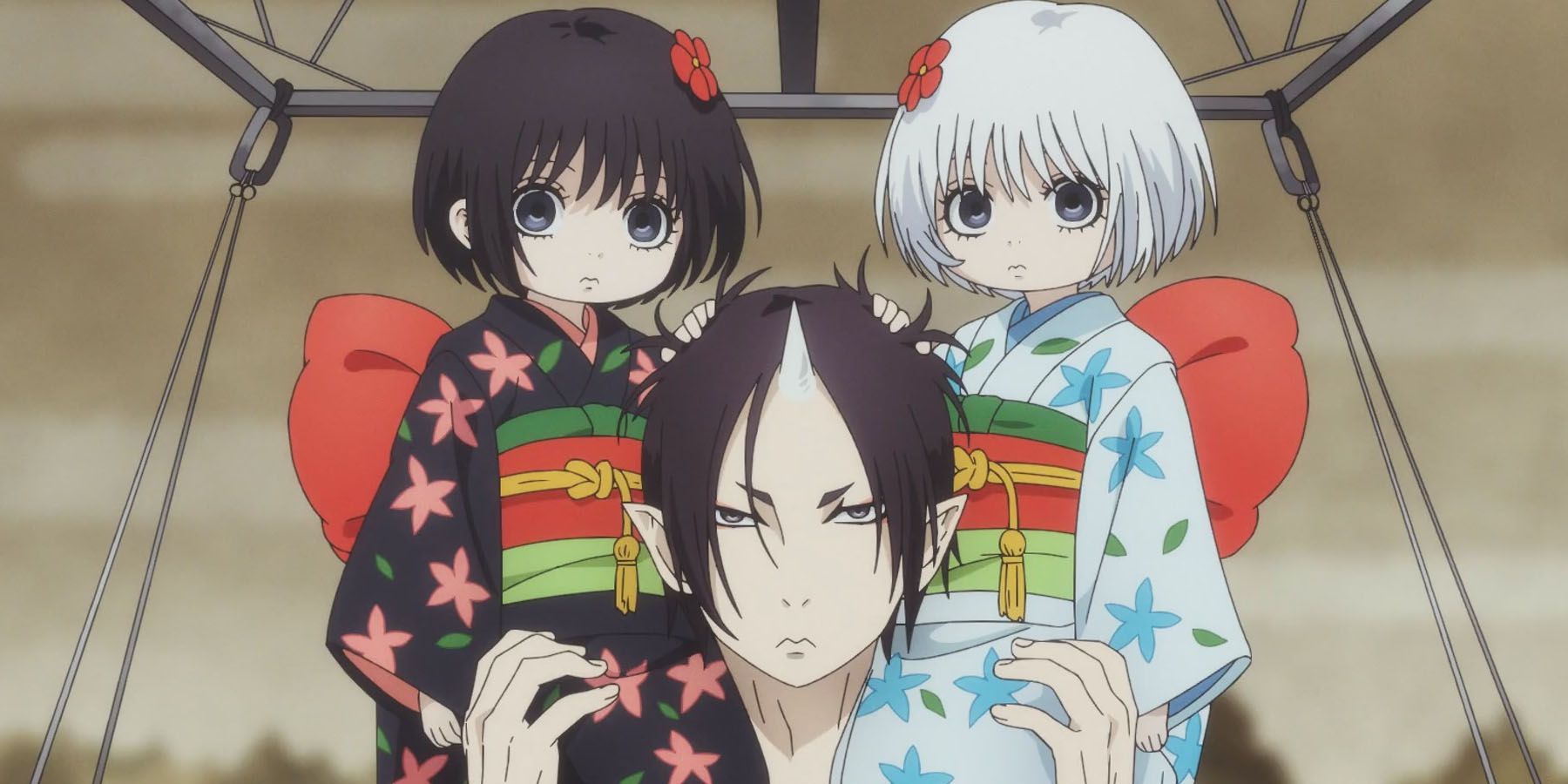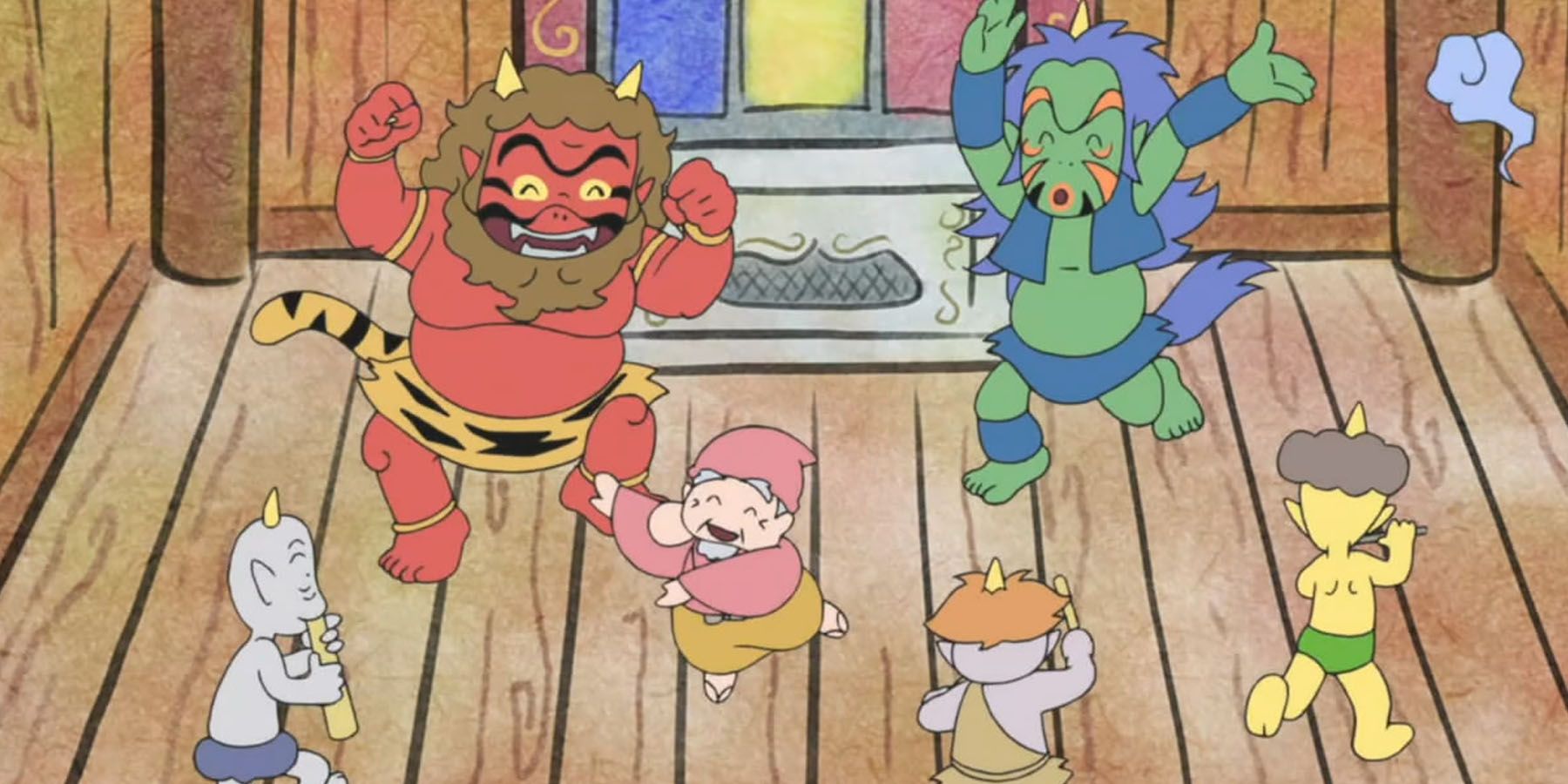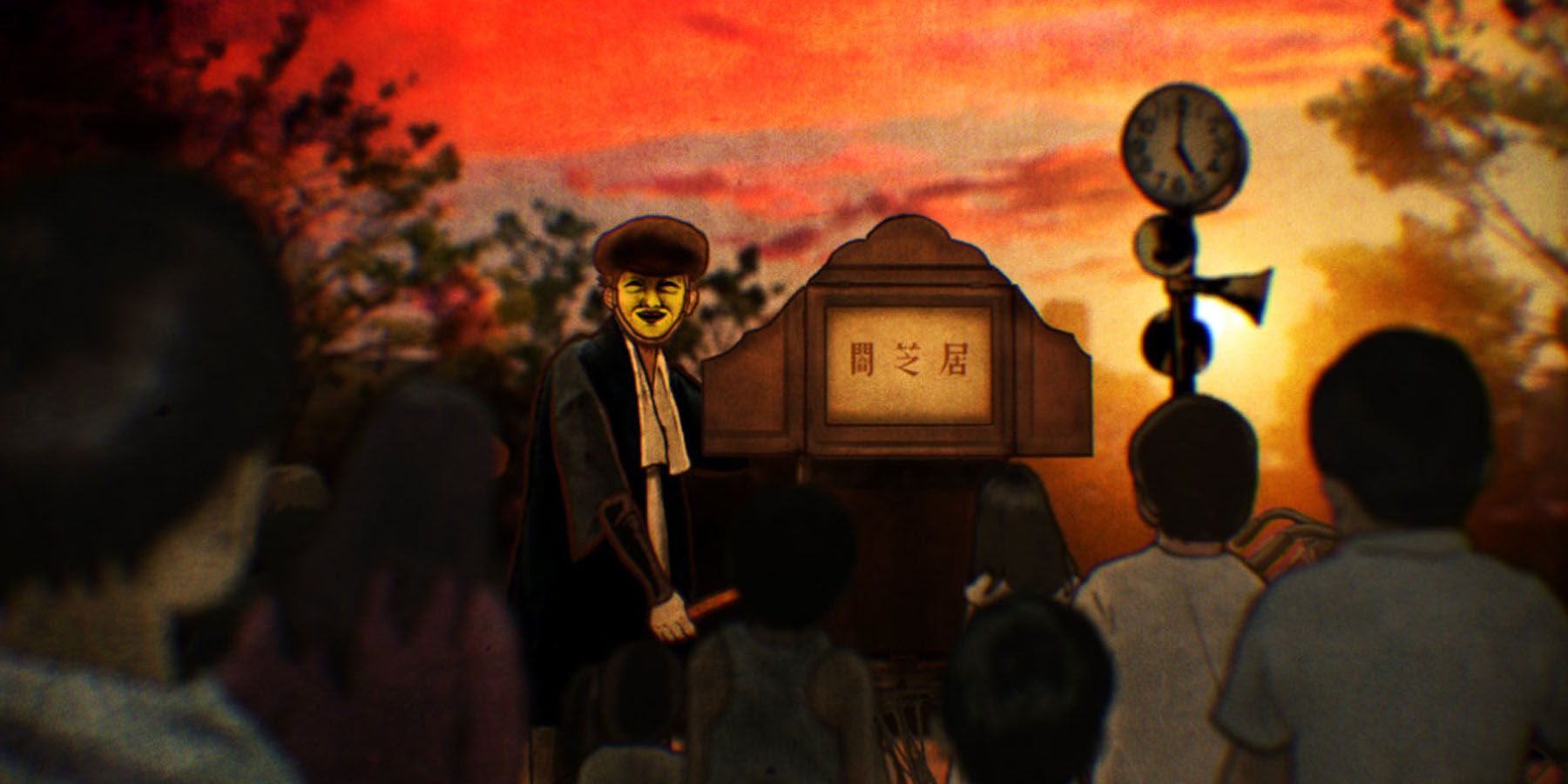As anime have proved time and time again, Japanese animation couldn’t possibly be constrained with any sort of genre and story limitation. Anime could get as crazy as pirates looking for the best treasure, kids with powers studying in a superhero school, or even school girls tapping into the power of planets to save the world from aliens. However, within the crazy stories of anime across vast genres are certain anime that share just how rich Japanese culture could be.
In fact, otaku that want to learn more about the deeper facets of Japanese culture might want to look at certain anime that explore Japanese folk tales in order to get to know the spiritual side of Japanese culture. Just which anime that focus on Japanese folktales should anime fans pay attention to?
10 Spirited Away (2001)
What better way to explore Japanese folklore than with a story that tries to combine some of its best elements? In Spirited Away, Chihiro Ogino is a 10-year-old that gets to enter the world of Kami in a quest to help her parents turn back to normal after a witch transformed them into pigs. After the witch, Yubaba, takes her parents in captivity, Chihiro starts working in her bathhouse, frequented by various creatures from Japanese folklore, while trying to find a way to return to her world with her cured parents.
While Spirited Away doesn’t focus heavily on a single facet of Japanese folklore, it does share a common concept: the persistence of themes. Among the most prevalent in Spirited Away are concepts of supernaturalism and environmentalism, as well as the conflict between Western consumerism and traditional Japanese culture.
9 Musashi - The Dream Of The Last Samurai (2009)
While more an anime film than an anime series, a movie is perhaps more than enough to encapsulate the sheer wonder and mystery surrounding Miyamoto Musashi, perhaps the Japanese analog to King Arthur of Britain. In Musashi - The Dream Of The Last Samurai, viewers are treated to a spectacle as it highlights the many dimensions of the legendary samurai.
As fans would slowly realize, Musashi isn’t just a fabled warrior but also a poet, artist, and philosopher. In Musashi - The Dream Of The Last Samurai, viewers can see the many ways people viewed his life, from his birth to his death in 1645. One might say this anime film is in many ways a documentary, a lesson in history, and an action film all rolled into one.
8 Princess Mononoke (1997)
One couldn’t mention the “supernatural” in Japan and not talk about Princess Mononoke, wherein “mononoke” in Japan may actually refer to shape-shifting supernaturals that possess individuals and may cause death, disease, or suffering. In this Studio Ghibli masterpiece, Ashitaka, who is a young Emishi prince, is cursed by a boar god to possess superhuman strength that would slowly kill him. Seeking a cure, Ashitaka journeys West.
Throughout his quest, he encounters a number of individuals that try to help him or express their own personal interests throughout the journey. He also encounters San, a girl raised by wolves who is charged with protecting the forest and the spirits that dwell within it. Trapped in between both sides, Ashitaka tries to broker peace between humans and the supernaturals, but too much tension between the two make the threat of war slowly apparent.
7 Pom Poko (1994)
It’s important to remember that even figures from mythology can be affected by modern events, and Pom Poko is a depiction of such a potential occurrence. In this environmental allegory, Pom Poko features a group of tanuki in 1960s Japan as they debate how to resolve the threat of the “New Tama” development project towards their homes. While the tanuki initially fight among themselves, the matriarch Oroku encourages them to unite and try to stop the development.
And while their initial strategy devolves into smaller skirmishes and new ideas, the rather comedic approach of the tanuki to the problem do showcase real-life situations. In folklore, the tanuki are raccoon dogs that are both mischievous but also sociable. They are capable of shape-shifting into other objects or people, sometimes for the sole purpose of messing with them.
6 The Tale Of The Princess Kaguya (2013)
Anyone who’s watched The Tale Of The Princess Kaguya from Studio Ghibli who is also familiar with Japanese folklore would instantly recognize its origins: “The Tale of the Bamboo Cutter.” In the latter story, Kaguya-hime is a princess from the Moon who was found as a baby crying from the inside of a glowing bamboo plant. Given her divine nature, her beauty simply grew exponentially as she aged.
She eventually attracts the attention of five suitors, all of which she manages to reject by giving them impossible tasks. And after she gains the attraction of the Emperor of Japan, Kaguya-hime finally reveals her true nature and returns to her home. Much of this story is reflected in The Tale Of The Princess Kaguya, but this time focusing on Kaguya’s journey to rediscovering her identity. With themes focusing on where to label one’s “home,” The Tale Of The Princess Kaguya is a wonderfully-executed rendition of the folk tale.
5 GeGeGe No Kitaro (2018)
The manga basis of GeGeGe No Kitaro was already popular in the 1960s for reviving interest in Japanese folklore, particularly in creatures known as the Yokai or a class of spirit-monsters. Its story revolves around Kitaro, the last survivor of the Ghost Tribe, and his adventures protecting the Earth from malevolent spirits, creatures, and ghouls of Japanese as well as both Easter and Western mythologies.
What perhaps makes GeGeGe No Kitaro a delightful watch is how a lot of its storylines also involves Kitaro having adventures with creatures from other countries, such as meeting Dracula IV from Transylvania and Yasha the Chinese vampire. Moreover, a lot of the stories in GeGeGe No Kitaro focus on modern retellings of Japanese folk stories, making for quite an interesting anthology for fans to enjoy.
4 Kamichu! (2005)
Despite being a bit old for an anime, the 2005 series Kamichu! follows the adventure of Yurie Hitotsubashi as she suddenly wakes up as a Kami, or a goddess, but with no idea of what and if she has new powers. When she tells her friends this newfound knowledge, they name her Kamichu, or a combination of “kami” and “chugakusei” or middle-school student.
However, her newfound status does put Yurie along the path of meeting and interacting with other deities and spirits as she slowly adjusts to her new status. Throughout the coming-of-age series, Yurie becomes not just a better goddess but also a better person. Another cool element about the series is its setting, which is in 1983 to 1984 in the city of Onomichi, where a lot of its landmarks and temples are faithfully depicted.
3 Hozuki’s Coolheadedness (2014)
Who says Hell doesn’t get busy? If anything, the only reason why Hell doesn’t get too chaotic all the time is courtesy of Hozuki, a secretary of sorts who works for King Enma, the King and Head Judge of Hell. In Hozuki’s Coolheadedness, it’s depicted that it’s Hozuki’s sheer sense of control and authority that manages to keep everything in Hell in check.
Thanks to his serious demeanor, he’s able to solve various problems that plague Japanese Hell, and his interactions with the denizens of its many hells. Despite the horror nature of the anime, Hozuki’s Coolheadedness is more or less a slice-of-life (unlife?) comedy, where Hozuki just barely manages to keep everything together.
2 Folktales From Japan (2012)
Fans of Japanese culture can actually enjoy learning about various Japanese folklore from perhaps the best anime about it, literally titled Folktales From Japan. This series spanned from 2021 to 2017, amassing a whopping 258 episodes, each of which depicting two to three folktales from Japan.
Despite the rather childish formula on the animation and the storytelling, the stories themselves try to be as accurate as possible from the source material. Anyone who wants to learn about both the most popular and the more obscure Japanese folktales would look no further as Folktales From Japan has got their back.
1 Yamishibai: Japanese Ghost Stories (2013)
Fans of Japanese horror stories might want to explore the original tales of the urban legends and myths where they’ve come from, and there’s no better way to explore these tales than with Yamishibai: Japanese Ghost Stories. While less an anime series and more of an anime anthology, Yamishibai is based on the “kamishibai” method of storytelling, where a narrator uses paper figures to tell stories of various kinds.
This time around, Yamishibai is told from the perspective of a creepy masked man who arrives at a playground and asks children to gather around for his stories. Since 2013, Yamishibai episodes have depicted various horror stories found in Japanese folklore. These include exploring the nature of talismans, family traditions, and even popular figures such as the Eight Feet Tall Woman.

